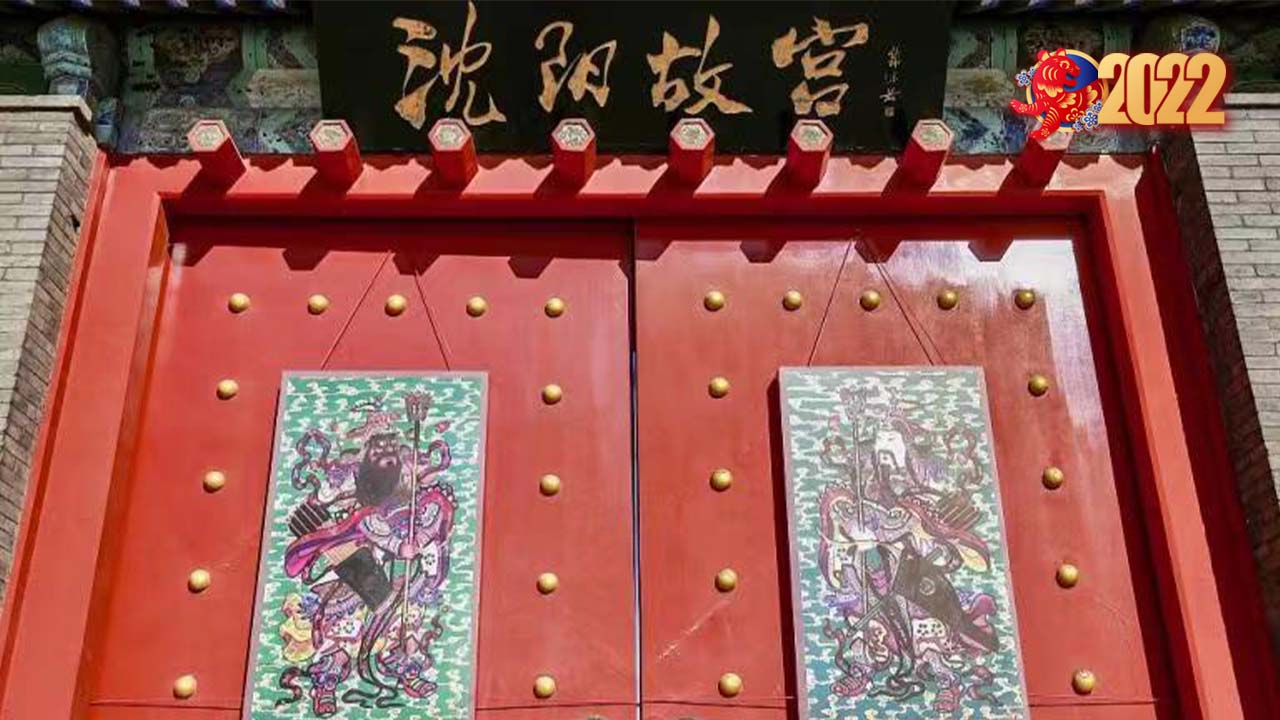- Home
- China
- World
- Asia-Pacific
- Americas
- Europe
- Middle-East and Africa
- Politics
- Business
- Opinions
- Tech & Sci
- Culture
- Sports
- Travel
- Nature
- Picture
- Video
- Live
- TV
- Radio
- Specials
- Learn Chinese

Search Trends
22:31, 20-Jan-2022
Live: Make some dumplings in northeast China's Shenyang Palace Museum
Eating Chinese dumplings on Lunar New Year's Eve has been a proud tradition in northern China. Chinese dumplings or jiaozi, also called "Bobo" during the Qing Dynasty (1644 to 1911), symbolize wealth because their shape is similar to ancient sycee – a type of gold and silver ingot currency. Emperors of the Qing Dynasty attached great importance to the tradition and would hold a ceremony before eating the boiled dumplings. All the elements of preparation must follow tradition, including the fillings, the boiling time and the porcelain on which they are served. Join CGTN's Yu Li at northeast China's Shenyang Palace Museum to learn more about the tradition and make some Chinese dumplings inside the palace.
Copyright © CGTN

